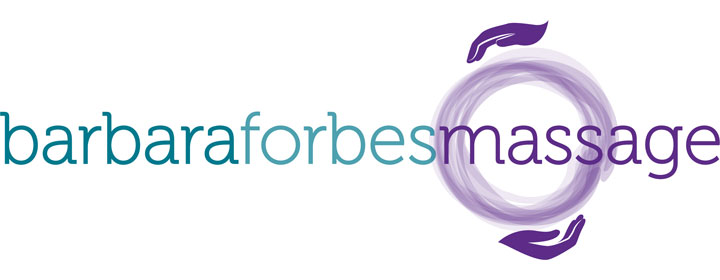What is massage therapy?
Massage therapy
With the growth in the popularity of massage, people may be wondering what a massage does. Massage is not a new revolutionary way to feel good; the roots of massage date back 1000’s of years.
Before modern medicine our ancestors also faced the stress of life but they relied on natural instincts. They used hot mineral waters to soak the body and pressing on soreness in injured areas made it feel better, but what did this really do? Simple, everything in the body is affected by the nervous system and without this system nothing in the body would function properly. They didn’t know it then, but it helped soothe the body and mind by calming or stimulating the nervous system.
Massage, given in a proper sequence, has a profound effect on the nervous system by soothing, stimulating, and calming which makes the system function better and more efficiently.
Our mind is a powerful factor in how the body functions, for example if we are stressed and worried then all the other systems in the body don’t function properly. If the mind is running, our sleep is affected which in turn affects our mood, appetite, digestion, respiration, and our ability to function properly. If we over exert our muscles they hurt. Lack of activity makes our muscles hurt, and that is a product of the nervous system. When we experience headaches, pain, anxiety, tension, and tiredness, this is a way our body is telling us something is wrong. Checking in with a doctor is the best way to make sure nothing is serious, but after that looking into massage therapy may be a way to alleviate some of those signals the body is sending us.
Massage therapy done properly has many benefits which are mechanical and reflexive. There are many techniques but each person is different and an individual, each of us is unique as to what works. NO one massage is right for every person. Some of the styles are suited to certain activities and needs, a good therapist will listen to the client to meet those needs. The following are different types of massages most well trained therapists will use in a combination for the best results for the client.
- Swedish massage. This is a gentle form of massage that uses long strokes, kneading, deep circular movements, vibration and tapping to help relax and energize you.
- Deep massage. This massage technique uses slower, more-forceful strokes to target the deeper layers of muscle and connective tissue, commonly to help with muscle damage from injuries.
- Sports massage. This is similar to Swedish massage, but it’s geared toward people involved in sport activities to help prevent or treat injuries.
- Trigger point massage. This massage focuses on areas of tight muscle fibers that can form in your muscles after injuries or overuse.
- SLM Bodywork. This massage uses a unique combination of acupressure, myofascial release and massage techniques to help release tight, contracted muscles and restore the body’s natural balance.
A massage will help the muscles release the toxins, while getting the blood and oxygen circulating properly. It is therefore important to drink plenty of water after a massage to assist the body in getting rid of these toxins
They may be done either fully or partially clothed, with careful consideration by the therapist to draping of towels or sheets to maintain privacy.
